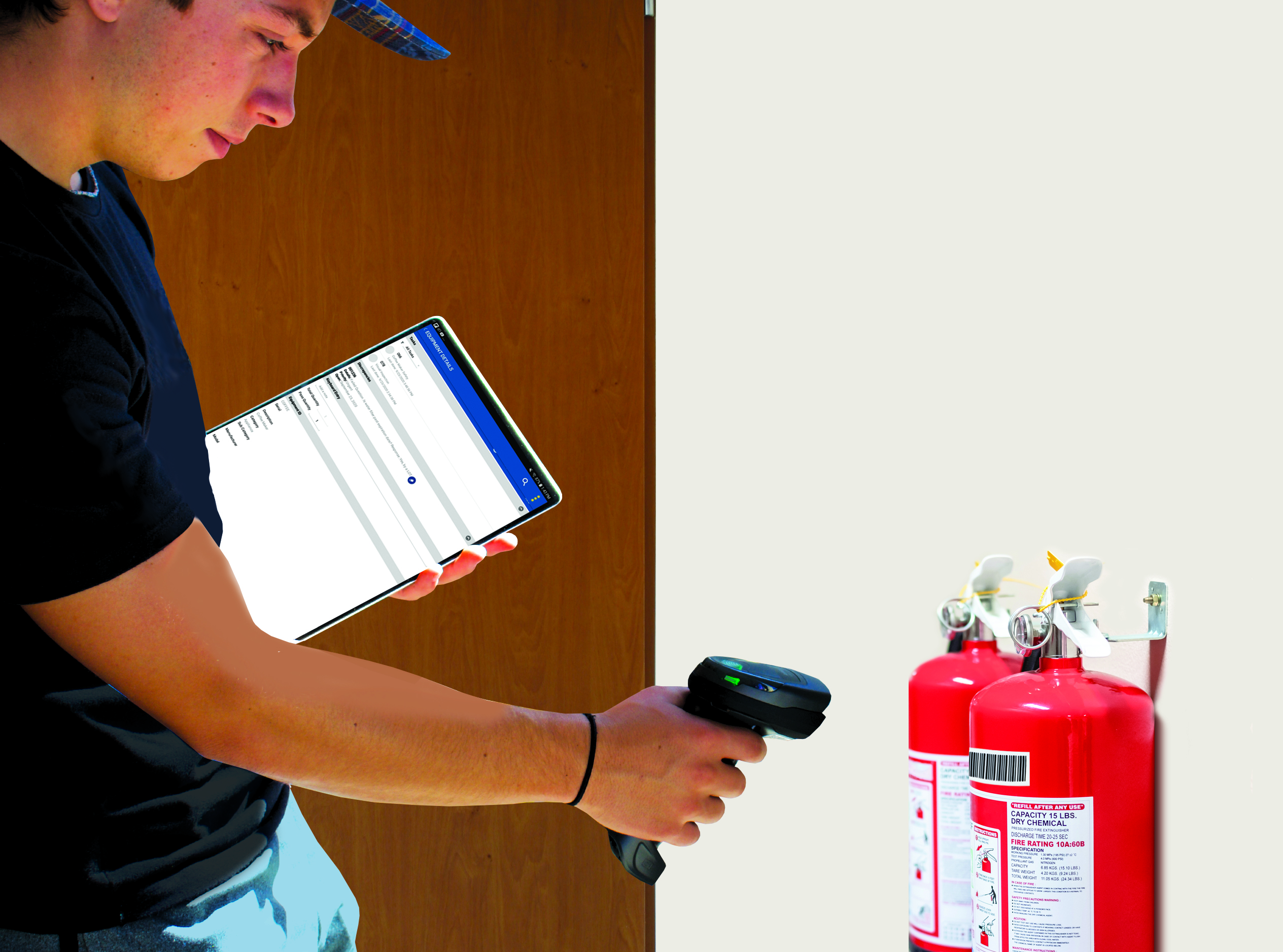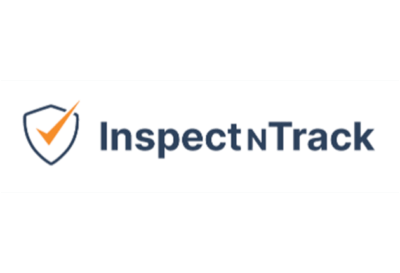Prioritizing Safety Inspection Management
When it comes to safety inspection management, there’s a number of situations technicians may have to manage. Some technicians manage one building with under a hundred assets, and some manage hundreds of buildings with thousands of different assets. And while those two scenarios are drastically different, they both need the same thing: a process for safety inspection management.
The process of safety inspection management for a single building is simpler than the process of managing hundreds of buildings, but the foundations are the same. Let’s break down the most important aspects of safety inspection management that are relevant, regardless of the number of assets.
Inspection App Solutions
InspectNTrack’s Tips for Safety Inspection Management
When analyzing safety inspection management systems of any size, the biggest restraint is time. It takes time to walk around to check each asset, and manually recording the data can draw out that process even further. We recommend using a safety inspection software to help make the inspection process more time efficient.
But even when using software to assist, there is no getting around the fact that it will require a time investment to perform safety inspections. Therefore, the question is how to use the time in the most efficient way possible.
Here are three tips to help alleviate the burden of time when doing safety inspection management:
- Automate
- Regulate
- Track
Automating Safety Inspections
Our first tip is to automate as much of the process as you can. Again, the best way to do this is by leveraging a safety inspection software that includes automation capabilities, such as InspectNTrack. Automate how the reports will be submitted and what the outcome will be. Automate each safety inspection workflow that needs to be done for each asset, and when. Set up automatic notifications for when a safety inspection is due, or what happens if an asset is missing once the inspection is done. The more you can automate, the more time you will have back. And luckily, with InspectNTrack’s software and tools, automation is a breeze.
Regulating Inspections
Our second tip is to regulate. This goes hand in hand with automation, but isn’t quite the same thing. Regulating the process means that no matter who performs the safety inspection, it is done the same way. Have established routes mapped out that should be followed for each type of safety inspection. Have a unified system in place for how to record the results of the safety inspection — for example, using InspectNTrack’s barcode scanner tool. Ensuring that the process is regulated will not only increase the integrity of each safety inspection, but will save you time with reporting.
Tracking Safety Inspections
The last tip is to track. Track what? Everything. It is obviously important and necessary to track the results of each safety inspection, and to have those results available at a moment’s notice. Once you know the results, you can act on any issues that have arisen that need to be resolved. The quicker you are aware of a problem, the quicker it can be resolved and not lead to other issues.
Also, tracking when safety inspections take place, how long they take, who does them, and any other metric can help you determine what changes can be made to save more time.

Efficient Safety Inspection Management
Safety inspection management is a complicated task, regardless of the number of buildings or assets you manage. One of the biggest drivers to success is properly managing time. Using the right tools is essential for safety inspection management, as it can be one of the major factors in how time is allocated. We hope that this article has provided you with some thoughts and ideas of how you can best manage your time as you perform safety inspection management.
Want to learn more about InspectNTrack or schedule a demo? Contact us today.
Other Helpful Articles









